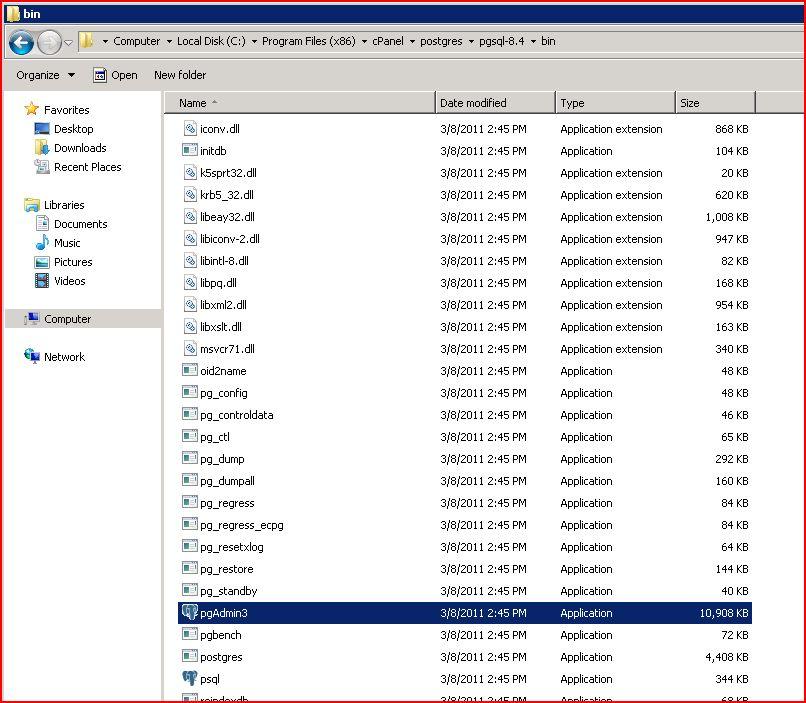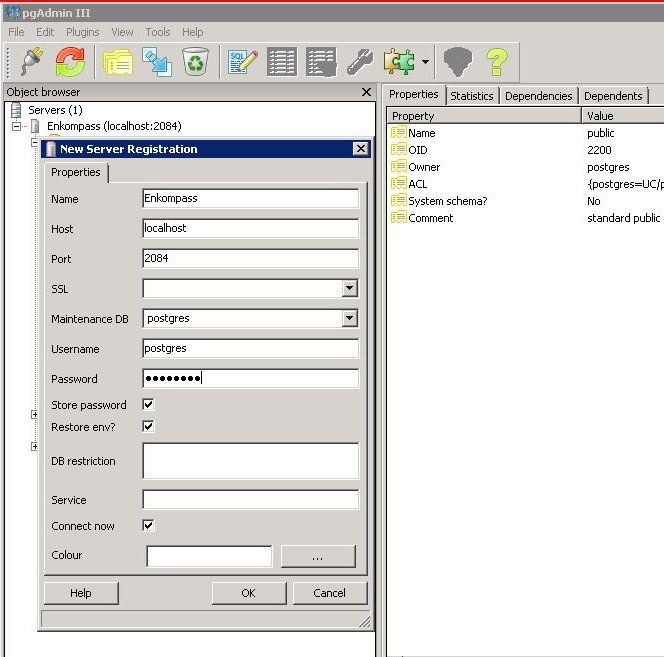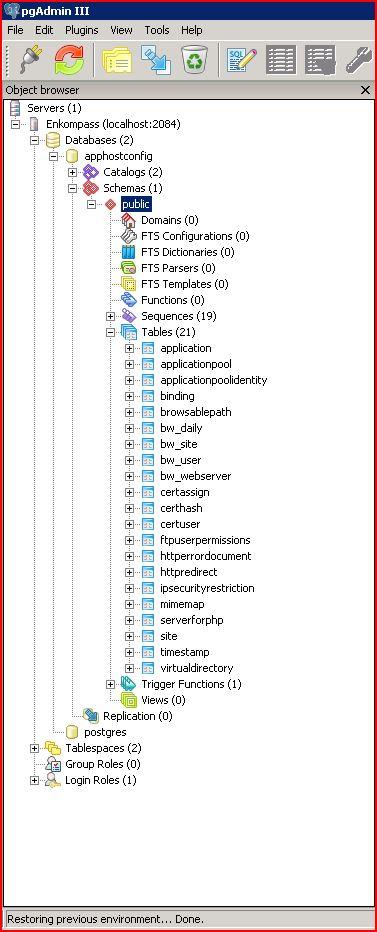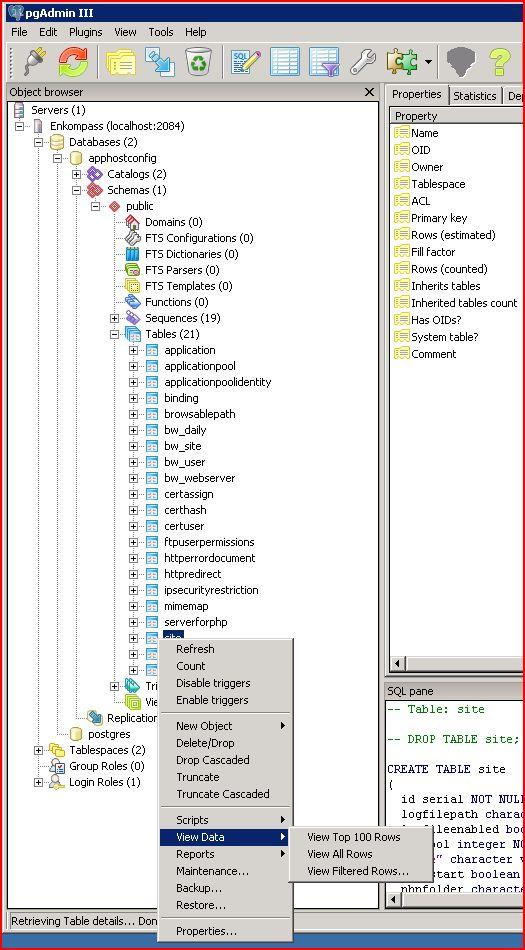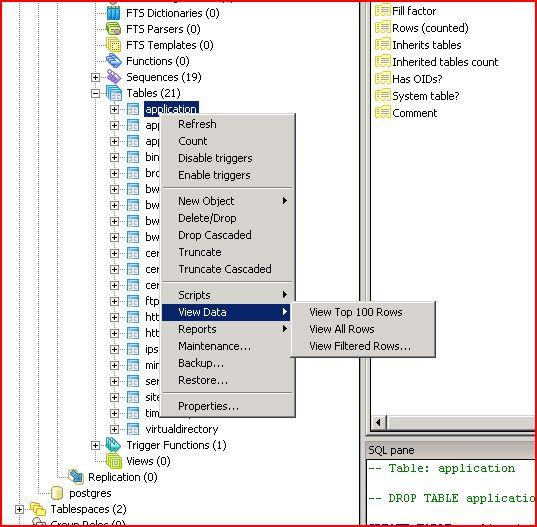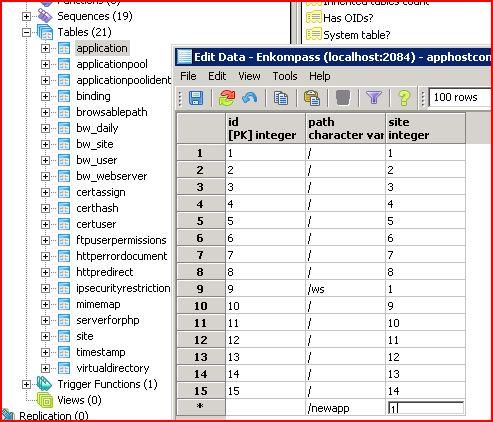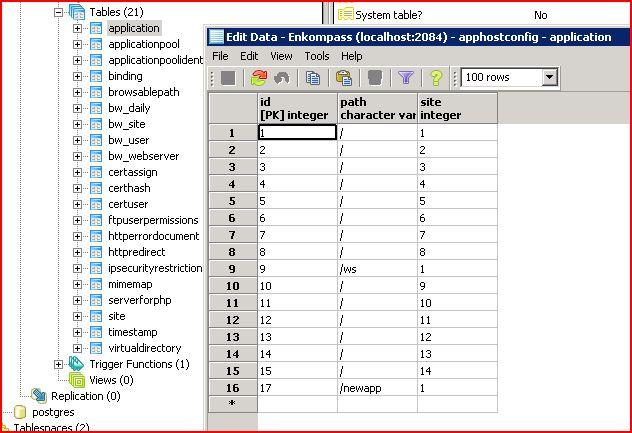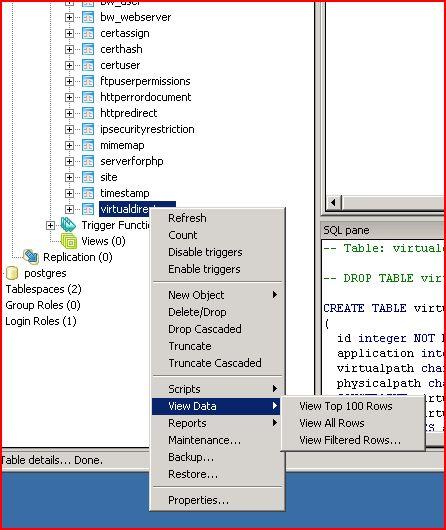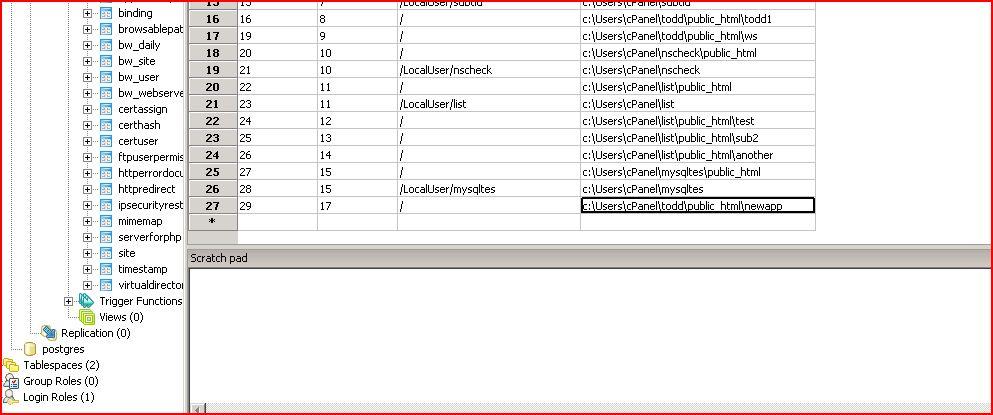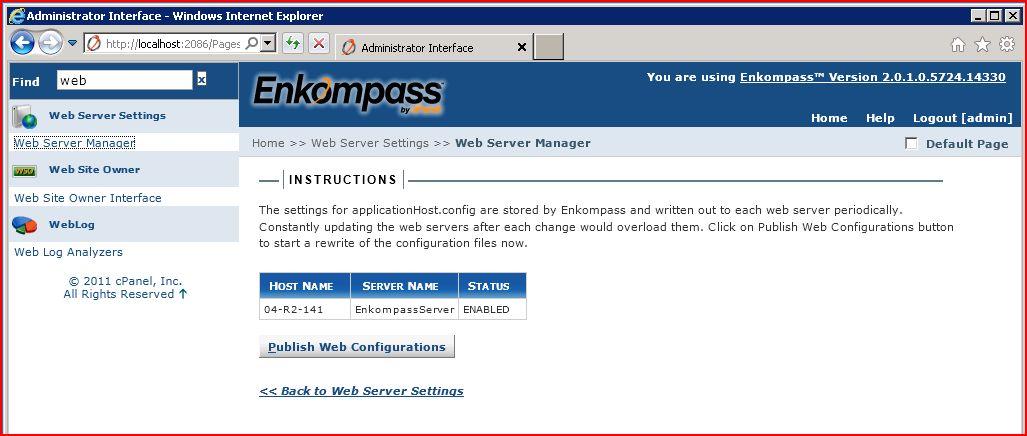 PHP Redirect:
PHP Redirect:
<? Header( “HTTP/1.1 301 Moved Permanently” ); Header( “Location: http://www.new-domain.com” ); ?>
 In ASP:
In ASP:
Open the old web page and replace all its content with the following code, replacing “www.new-location.com” with the file name of the new page.
<%@ Language=VBScript %> <% Response.Status=”301 Moved Permanently” Response.AddHeader “Location”, “http://www.new-location.com” %>
 In ASP .NET:
In ASP .NET:
<script runat=”server”> private void Page_Load(object sender, System.EventArgs e) { Response.Status = “301 Moved Permanently”; Response.AddHeader(“Location”,”http://www.new-location.com”); } </script>
 In IIS (on a Windows server):
In IIS (on a Windows server):
1. In internet services manager, right click on the file or folder you wish to redirect. 2. Select “a redirection to a URL”. 3. Enter the redirection page. 4. Check “The exact url entered above”, and the “A permanent redirection for this resource”. 5. Click “Apply”.
 web.config 301 redirect
web.config 301 redirect
The first example will redirect single pages to a new location. For example, important pages of your site have .htm extensions and you want the new location to be its own directory (IE. http://domain.com/services.htm will change to http://domain.com/services/).
1. Open web.config in the directory where the old pages reside 2. Then add code for the old location path and new destination as follows:
<configuration>
<location path="services.htm">
<system.webServer>
<httpRedirect enabled="true" destination="http://domain.com/services" httpResponseStatus="Permanent" />
</system.webServer>
</location>
<location path="products.htm">
<system.webServer>
<httpRedirect enabled="true" destination="http://domain.com/products" httpResponseStatus="Permanent" />
</system.webServer>
</location>
</configuration>
You may add as many location paths as necessary.
The second example will redirect an entire directory to a new location. For example, if you want http://domain.com/olddir/ redirected to http://domain.com/newdir/ open web.config in /olddir and add the following line of code within the <system.webServer> section:
<httpRedirect enabled="true" destination="http://domain.com/newdir" httpResponseStatus="Permanent" />
Canonical Issues – Redirecting non-www to www:
Some webmasters prefer to redirect domain.com to www.domain.com for search engine optimization purposes. The thought is that some incoming links point to their non-www domain and some point to the www domain. So if the domains are consolidated, incoming links are as well. Webmasters who use this redirect usually see instances of search engine rankings with and without the www in their listings and want to consolidate their efforts.
 Canonical Redirect using IIS 7.0
Canonical Redirect using IIS 7.0
For this to work, you need to download and enable the URL Rewrite module for IIS 7. Then the following code is used in the ASP.NET web.config file:
<configuration>
<system.webServer>
<rewrite>
<rules>
<rule name="Redirect to WWW" stopProcessing="true">
<match url=".*" />
<conditions>
<add input="{HTTP_HOST}" pattern="^domain.com$" />
</conditions>
<action type="Redirect" url="http://www.domain.com/{R:0}" redirectType="Permanent" />
</rule>
</rules>
</rewrite>
</system.webServer>
</configuration>







